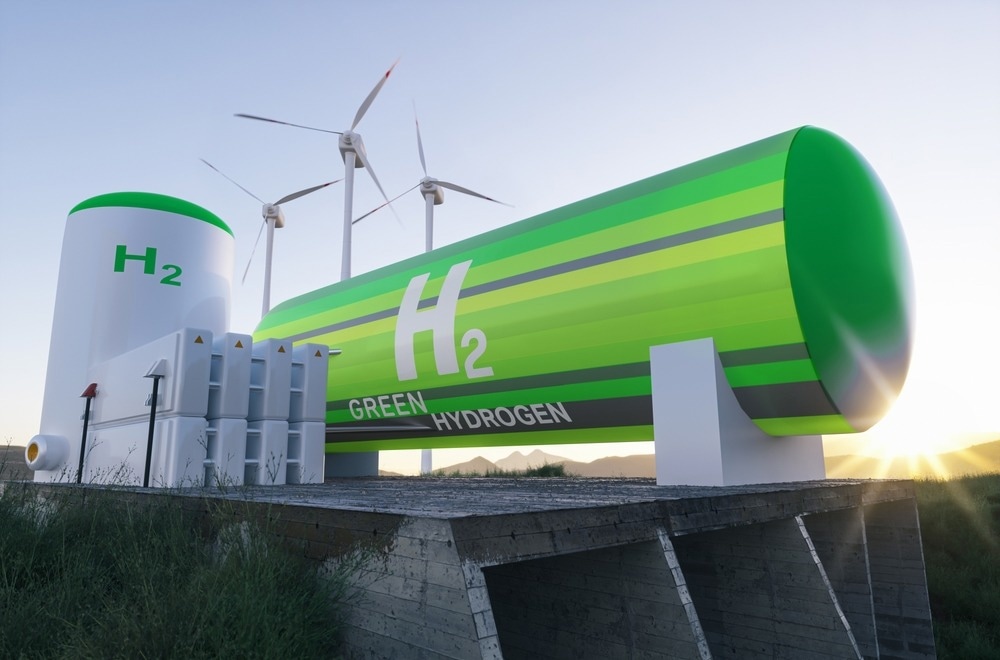The University of Colorado has developed a new and efficient method for producing green hydrogen, also known as green syngas, a precursor to liquid fuels. The research results could pave the way for more environmentally friendly energy use in industries such as transportation, steelmaking, and ammonia production.

Image Credit: Audio und werbung/Shutterstock.com
The new research concentrates on producing hydrogen or syngas, a mixture of hydrogen and carbon monoxide that can be transformed into fuels such as gasoline, diesel, and kerosene. The CU Boulder group sets the stage for what could be the first economically viable method of producing this fuel that is entirely powered by solar energy. This could assist engineers in producing syngas in a more sustainable manner.
The research was published on August 16th, 2023, in the journal Joule.
The group was led by Al Weimer, a Professor in the Department of Chemical and Biological Engineering.
The way I like to think about it is some day when you go to the pump you’ll have, for example, unleaded, super unleaded and ethanol options, and then an additional option being solar fuel, where the fuel is derived from sunlight, water, and carbon dioxide. Our hope is that it will be cost-competitive to the fuels sourced from the ground.
Kent Warren, Study Co-Lead Author and Research Associate, Chemical and Biological Engineering, University of Colorado
Engineers have traditionally produced hydrogen gas through electrolysis, or electricity to split water molecules into hydrogen and oxygen gas. In contrast, the team’s “thermochemical” approach uses heat produced by solar rays to complete the same chemical reactions. Carbon monoxide can also be produced by splitting molecules of carbon dioxide pulled from the atmosphere.
Researchers had previously demonstrated that such a method of producing hydrogen and carbon monoxide was feasible, but it might not be effective enough to produce syngas commercially. The researchers demonstrated that they could perform these reactions at high pressures in the new study, in part by using iron-aluminate materials, which are comparatively inexpensive and abundant on Earth. The increased pressures enabled the group to more than double its hydrogen production.
Journal Reference:
Tran, J. T., et al. (2023) Pressure-enhanced performance of metal oxides for thermochemical water and carbon dioxide splitting. Joule. doi.org/10.1016/j.joule.2023.07.016.